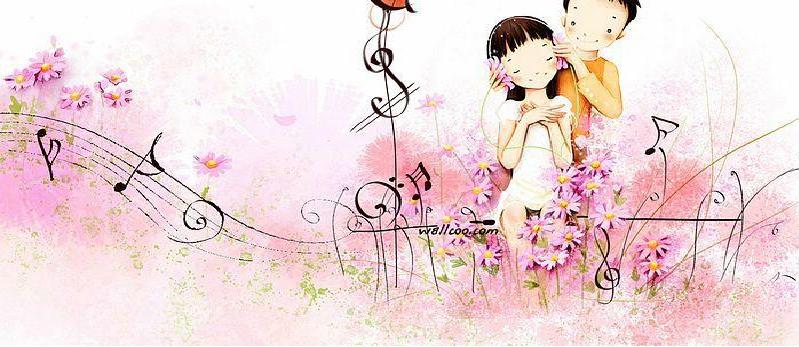KABUKI
Popular Japanese entertainment that combines music, dance, and mime in highly stylized performances. The word is written using three Japanese characters — ka ("song"), bu ("dance"), and ki ("skill"). Kabuki dates from the end of the 16th century, when it developed from the nobility's no theatre and became the theatre of townspeople. In its early years it had a licentious reputation, its actors often being prostitutes; women and young boys were consequently forbidden to perform, and kabuki is today performed by an adult all-male cast. Its texts, unlike no texts, are easily understood by its audience. The lyrical but fast-moving and acrobatic plays, noted for their spectacular staging, elaborate costumes, and striking makeup in place of masks, are vehicles in which the actors demonstrate a wide range of skills. Kabuki employs two musical ensembles, one onstage and the other offstage. It shares much of its repertoire with bunraku, a traditional puppet theatre.
Traditional form of Japanese theatre, including dance numbers and purely dramatic plays. It is accompanied by offstage music (wood blocks, gongs, xylophone, bells etc, for sound effects), as well as on-stage musicians (singers and shamisen, or lute, players).
Japanese form of dance theatre dating back to the 16th century. Kabuki means song, dance, and acting, although the term originally meant shocking or strange, in reference to the form's unusual style, and it originated in shows given by O-Kuni, a dancer and lay priestess from the Izmumo region, and her all-female troupe. They were very popular in Kyoto where they performed a fusion of prayer dance, folk dance, comic mime, and erotic dance. This mix evolved into dance dramas whose populist style contrasted with the refined and aristocratic noh theatre. Part of their popularity derived from their overtly erotic content which led to a ban on women appearing in kabuki performances (from 1629) and on boys (from 1652). Adult male dancers thus took over the kabuki style, creating the profession of female impersonator or onnagata which became an honoured calling for which boys were trained from childhood. Kabuki evolved through four basic stages, its works originally taking their inspiration from historical sagas, then tending more towards dance, then concentrating on folk stories, and finally aiming for more contemporary narratives. In its classic form kabuki is an integrated mix of dance, gesture, music, costume, make-up, and vivid stage effects. Performances tend to be long by Western standards and slow moving, but are rich in imagery and emotion. Two famous works are Chushingura (The Forty-Seven Loyal Samurai), a historical tale of honour and revenge, and Sumidagawa (The Sumida River), the story of a mad woman's search for her lost son. Kabuki dance troupes (as distinct from kabuki theatre troupes) also now give independent performances, with both male and female artists taking part.
Download


No comments:
Post a Comment